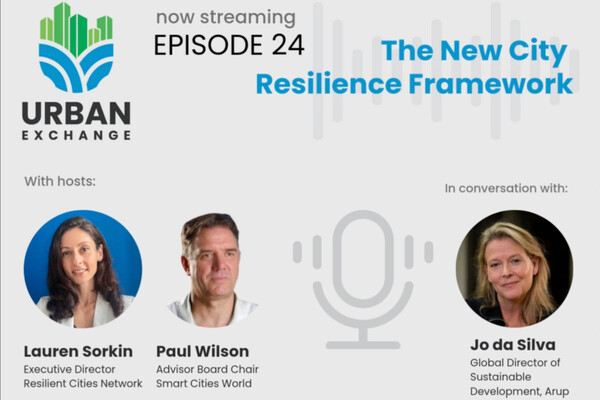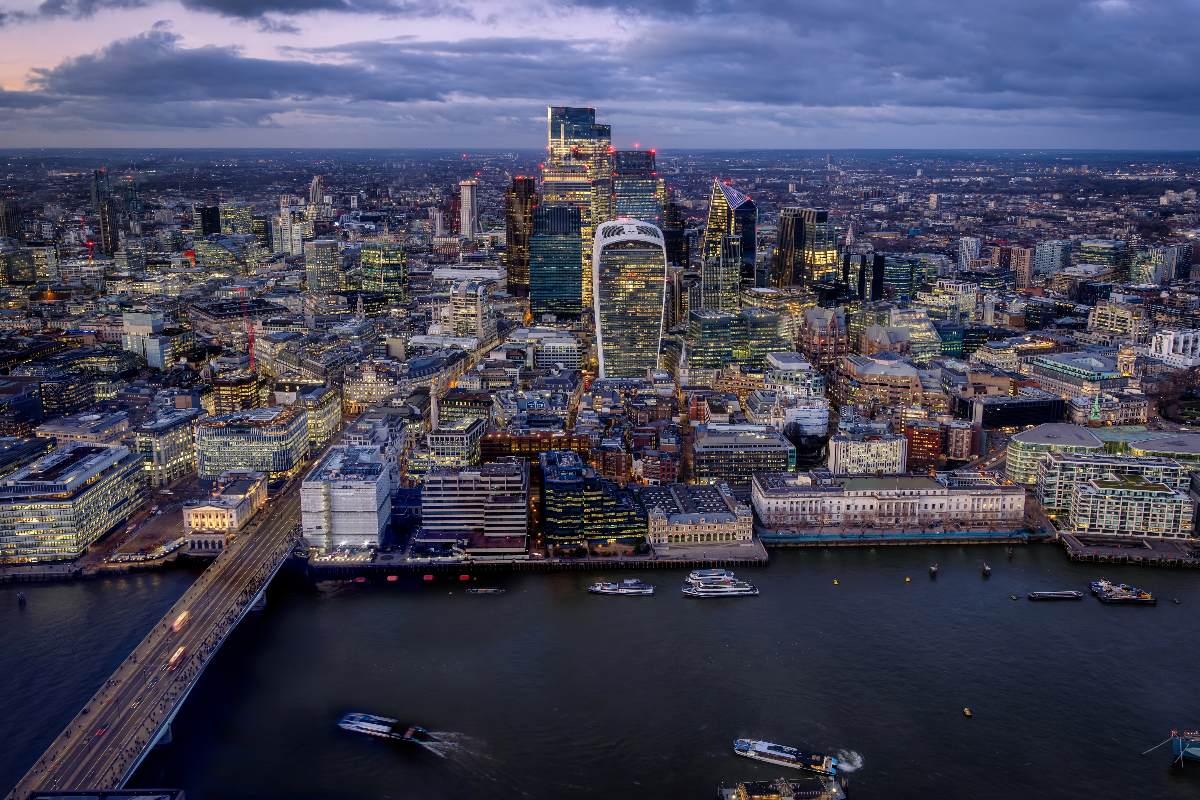Special Reports
SusHi Tech Tokyo 2024: experience ‘Tokyo 2050’ todaySponsored by The SusHi Tech Tokyo 2024 Showcase Program Executive Committee
Rebuilding green: Analysing the Biden infrastructure plan
John Fitzgerald, Project Director, Linesight, explains why major reskilling, outreach work by government and the right messaging will be key to realising benefits.

Since the New Deal of the 1930s, infrastructure projects have been a reliable source of jobs in the United States, and presidents have used promises of such endeavours to energise working-class voters. With the unveiling of President Joe Biden’s proposed infrastructure plan, there is potential to create a million jobs and upgrade four million buildings to meet net-zero emissions requirements.
Such a major proposal is worth serious consideration, including a look at its potential impact on the US construction industry and how we can best prepare for the new regulations.
What kinds of jobs and for whom?
Any major construction project, infrastructure overhauls included, relies on skilled labour, and the industry is facing a major shortfall. A 34.9 per cent dip in demand for new office space means fewer opportunities for workers, and in March 2021, ENR reported that the construction industry lost 61,000 jobs as unemployment reached 9.6 per cent. It could be mid-2022 before commercial construction activity returns full force in urban centres. In that time, more and more skilled labourers will leave the construction industry for greener pastures.
Biden’s plan proposes the creation of “millions of good-paying jobs,” with at least one million of those being construction, engineering, and manufacturing jobs. But with the well-documented shortage of skilled labourers, how can those positions be filled to prevent major slowdowns in efforts to renew infrastructure and meet the plan’s goals?
If population growth remains steady, experts believe the US will need to spend $150 billion annually until 2030 to keep up with rising demand
One way to fill labour gaps is to focus on reskilling and other educational initiatives, like work-based learning, where students integrate on-site job training with their curriculum and can come out of their education more prepared for their chosen career. Another path to combat the labour shortage is by transitioning those who are underemployed in similar occupations to construction or by targeting potential workers who have transferable skills.
Construction businesses could incentivise women, people of colour and LGBTQ+ individuals to take skilled jobs within the industry, as well as recruit veterans, many of whom have useful skills to apply from their service. If the Biden administration truly wants to achieve its infrastructure goals, initiatives to target these groups for construction jobs could go a long way. If population growth remains steady, experts believe the US will need to spend $150 billion annually until 2030 to keep up with rising demand. Even with that spending, the projects simply cannot be completed unless businesses and governments alike adopt new ways to train and attract skilled labour.
Greening the government
If passed, Biden’s infrastructure plan could be one of his greatest legacies, as the freeway project was for Eisenhower. The project as envisioned is two-pronged and would upgrade the US’s current infrastructure with more roads and bridges, as well as retrofitting certain buildings.
It would also ensure four million existing buildings comply with efficiency and sustainability codes, earning gold or platinum Leadership in Energy and Environmental Design (LEED) certification. Financial grants would encourage property owners to make their buildings more energy-efficient to meet the World Green Building Council’s goal of going fully green by 2025.
With Biden in office, more organisations can feel assured of federal support to pursue green retrofitting and eco-friendly design
Major companies like Microsoft and Google have already aligned with the Paris Agreement, looking to meet or surpass its goals regardless of US federal initiatives, especially in light of the Trump administration’s rejection of the Accords in 2016.
These major businesses have begun driving the supply chain with significant demand for building materials. With Biden in office, more organisations can feel assured of federal support to pursue green retrofitting and eco-friendly design moving forward, which will only increase the shipment of steel, wood and stone to meet demand in the United States.
Communication build-up
Unfortunately, the White House has not communicated to the construction community the challenges and benefits of this ambitious project. What steps must be taken to upgrade older structures? How can we best ensure compliance with upcoming spending and sustainability milestones?
Likewise, the benefits of compliance should be made clear to generate excitement and encourage participation. LEED details clearly how energy-efficient buildings have higher air quality, produce higher rents and more. The Biden administration must explain the how and why of their infrastructure initiative to ensure it gains traction with more key companies and public interest groups. With the first quarter of 2021 behind us, potential participants will be exploring sustainability retrofitting, but government outreach is key to expanding visibility.
Without government outreach, there are several main points that will impact the construction industry. Most notable is Biden’s plan of reaching net-zero carbon emissions for at least four million specific buildings, as referenced above. Building owners and developers should thus look to retrofitting and upgrading their existing facilities with a focus on operational carbon.
The best move for the construction industry is to prepare for the adoption of sustainable building approaches now
Technology companies like Microsoft and the data centre sector have already begun this process, but property owners in all fields should consider exploring the adoption of these standards sooner rather than later, and before they are forced to by federal or state governments.
The need for renewal
The US currently faces a major infrastructure crisis. The previous administration’s promises to address these problems were among the few proposals to earn bipartisan praise. Yet, despite having strong control of legislative and judicial branches, President Trump was unable to bring his infrastructure plans to fruition. If Biden can succeed in turning his Congressional and (slim) Senate majority into a coalition to pass infrastructure reform, the construction industry could see a major windfall in projects and a way to shore up the current skilled labour shortage.
In the meantime, the federal government must explain to the public and industry leaders the real benefits of going green, both to increase public support and to get the ball rolling on projects before any laws are passed. Achieving net-zero emissions is a worthy goal whether or not the government funds it, and the best move for the construction industry is to prepare for the adoption of sustainable building approaches now, which will continue to be a rising, impactful trend across all sectors.
John Fitzgerald is a Project Director at Linesight, specialising in project and cost management. He has extensive experience supporting design and construction projects in both Europe and North America, for a multitude of sectors. His current focus is leading a team of project controls specialists on one of the largest commercial projects in North America.

















